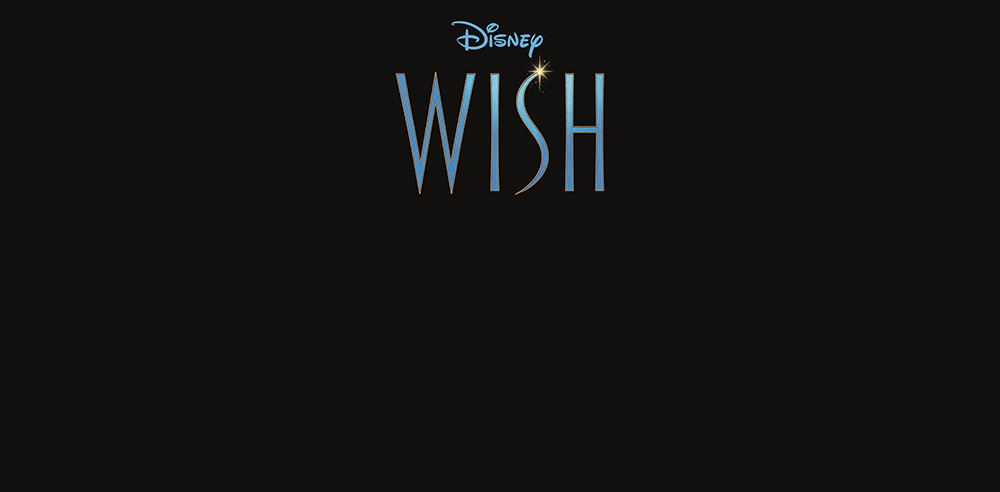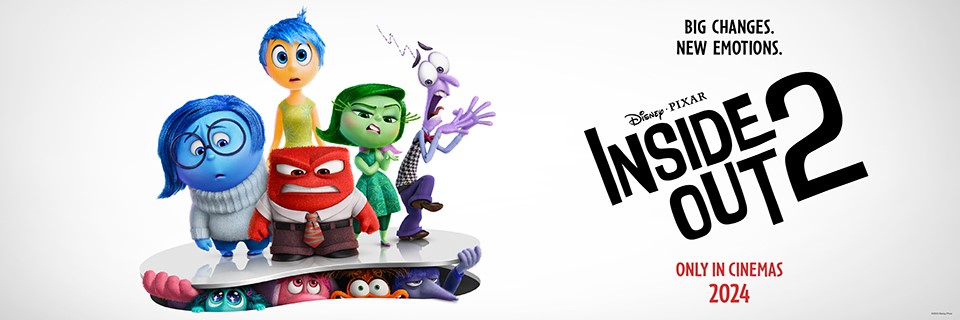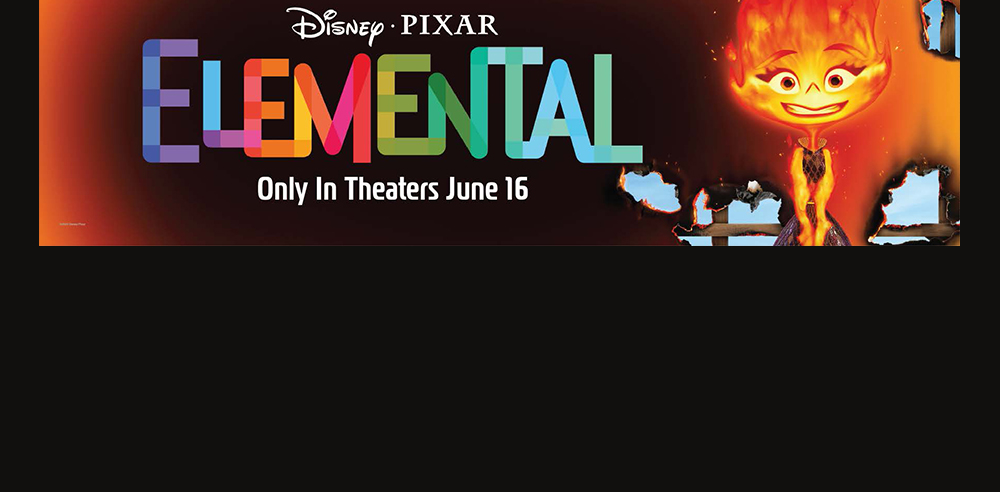The Baymax Buzz: Behind the Mix of Big Hero 6
Just a year after audiences sang along with Elsa, Anna, and friends in the #1 animated film of all time, Frozen, Walt Disney Animation Studios brings to the screen their newest story, one of friendship, courage, and the power of underdogs – in the latest extravaganza, Big Hero 6! Directed by Don Hall (Winnie The Pooh) and Chris Williams (Bolt) and produced by Roy Conli (Tangled), this film is the first Disney animated feature inspired by a Marvel comic book of the same name.
To bring the sound of this film to the screen and to audiences, Walt Disney Animation Studios partnered with both Lucasfilm’s Skywalker Sound and the on-lot team at Walt Disney Studios Sound. Together, they helped to create an intricate web of action-packed sound sequences, which complimented an energetic score by composer Henry Jackman, and was buoyed by a unique complexion of carefully designed sound effects to personify the main characters, in particular, Baymax.
As the over-sized inflatable healthcare robot and loveable star of this feature, Baymax required special, attentive care to create his multi-dimensional character. Shannon Mills, Skywalker’s Supervising Sound Editor and Sound Designer on the film, discusses sound sources used to perfect Baymax’s robotic, yet heart-warming character. He says one of the main sounds used in the Baymax treatment was contrived from a ‘squeeky’ exercise ball used at his desk at Northern California’s Skywalker Sound: “We were able to create a lot of really great sounds with it for Baymax in his inflatable, vinyl form. It really helped bring the character to life, both cute and funny. It was very important to the sound design team that Baymax retained his kid-friendly demeanor without becoming overly robotic. “
“Following the art and emotion of the film, we didn’t want to be locked into one treatment that was just robot the whole time. We had to control his performance so that Baymax did not sound electronic,” says David Fluhr, Dialogue and Music Re-recording Mixer on the feature.
When using Dolby Atmos, the process becomes “object’ based, as opposed to “track” based mixing. In other words each character (or a sound effect or musical instrument) can be assigned as an ‘object’, and moved in a sonic 3-d space–with greater precision and clarity than ever before. The panning and movement are perceived at a much higher resolution than ever before, making the experience much more enjoyable to an audience. At Walt Disney Studios Sound, we have developed a proprietary workflow, which allows us to mix in ‘native’ Atmos, and then create all of the ‘conventional’ versions afterwards.
As part of the leadership team at Disney Digital Studio Services, Brian Saunders, leads the creative sound operation at Walt Disney Studios Sound, and is also responsible for Studio Operations’ delivery of foreign dubbed mixes. For Big Hero 6, Saunders, working with Feature Animation, brought Fluhr into the localization process to ensure that international versions of Big Hero 6 delivered the same sound experience that domestic audiences enjoyed.
After the domestic mix completed on Walt Disney Studios’ Stage A, the duo spent time in London at Shepperton Studios, mixing the international versions in its 40 plus languages, tweaking the Baymax treatment to adapt to the needs of the various languages. Both mixes, international and domestic, were done using Dolby Atmos technology including as many as 128 discrete audio tracks and up to 64 unique speaker feeds on the stage. Saunders notes, “When you add the Atmos mix, plus the work for Baymax, this is what makes the movie interesting and unique.”
Saunders and Fluhr also play an important strategic role in helping to lead the Studio’s approach to new sound technologies such as the installation and the utilization of Dolby Atmos. Walt Disney Sound’s Stage A was one of the first facilities in the world to be equipped with Dolby Atmos. All of the sound facilities on the lot including Stage A, Stage C and the Team Disney 1 mixing facilities have recently undergone major upgrades including Atmos, stage of the art Euphonix mixing consoles, significant Pro Tools resources and a robust storage infrastructure – making the facilities at Disney some of the most powerful mixing environments in the world.
On Big Hero 6, Fluhr states, “I was so happy to be able to utilize our new facilities that we have built here. We are now equipped to handle the very largest films on the lot. And on Big Hero 6, it was perfect because the film was so large sonically, and required a huge amount of resources, that we really needed to expand the number of stages in order to deliver the film. We used the newly rebuilt Stage C for our Atmos and Imax print mastering. The forward thinking to make the stages exactly alike, as well as Atmos and Imax upgrades, allowed us to meet the schedules and deliver a nuanced but huge sound experience. We also used the smaller, but totally versatile Digital Studio Center MIX 7 ”sound pod” to QC our Atmos stems and M&E’s.”
The crew worked diligently to ensure the mix best represented the feature, letting the story drive the creative decisions and weaving a finely crafted interplay between sound effects, dialogue, score and soundtrack.
Driven by a team dedicated to creativity and innovation, Big Hero 6 encapsulates the truly collaborative process of filmmaking as it demonstrates the remarkable abilities of how filmmakers and their sound team can help transform and immerse the theatrical audience in a truly emotional and family–friendly experience.
Don’t miss Big Hero 6 releasing into theaters, November 7th.








